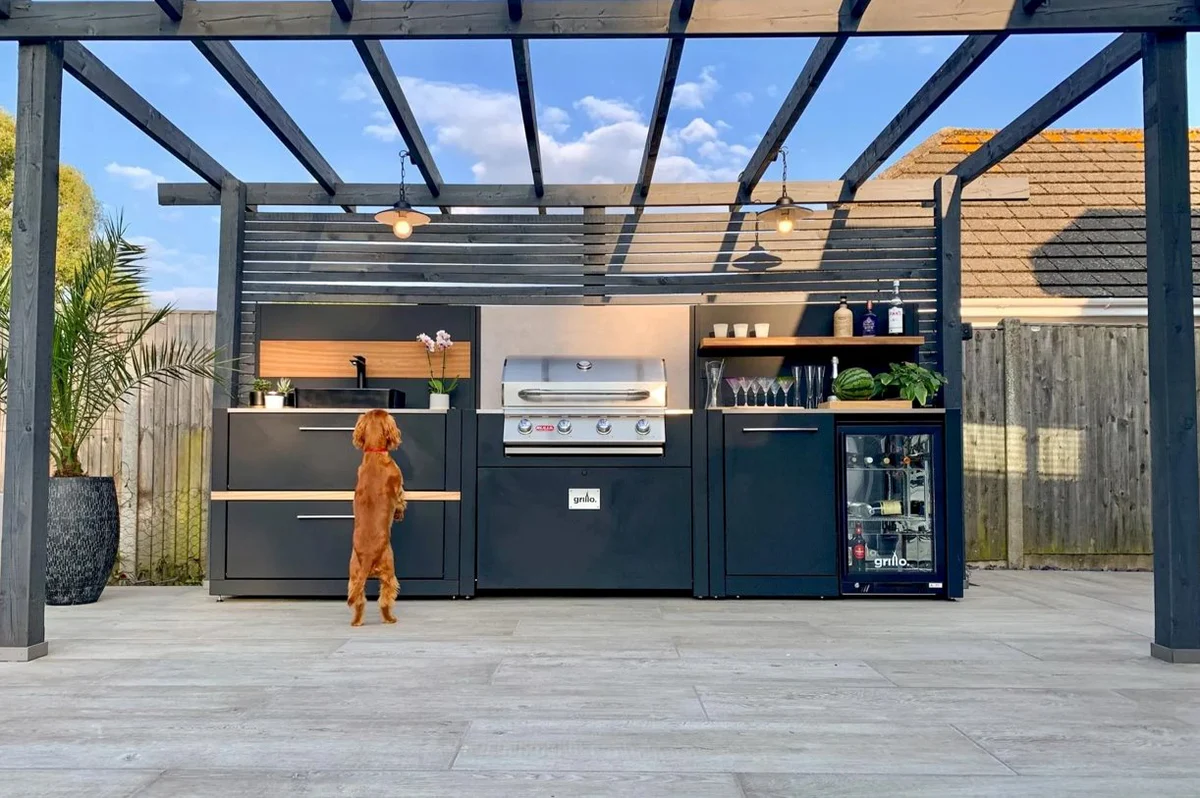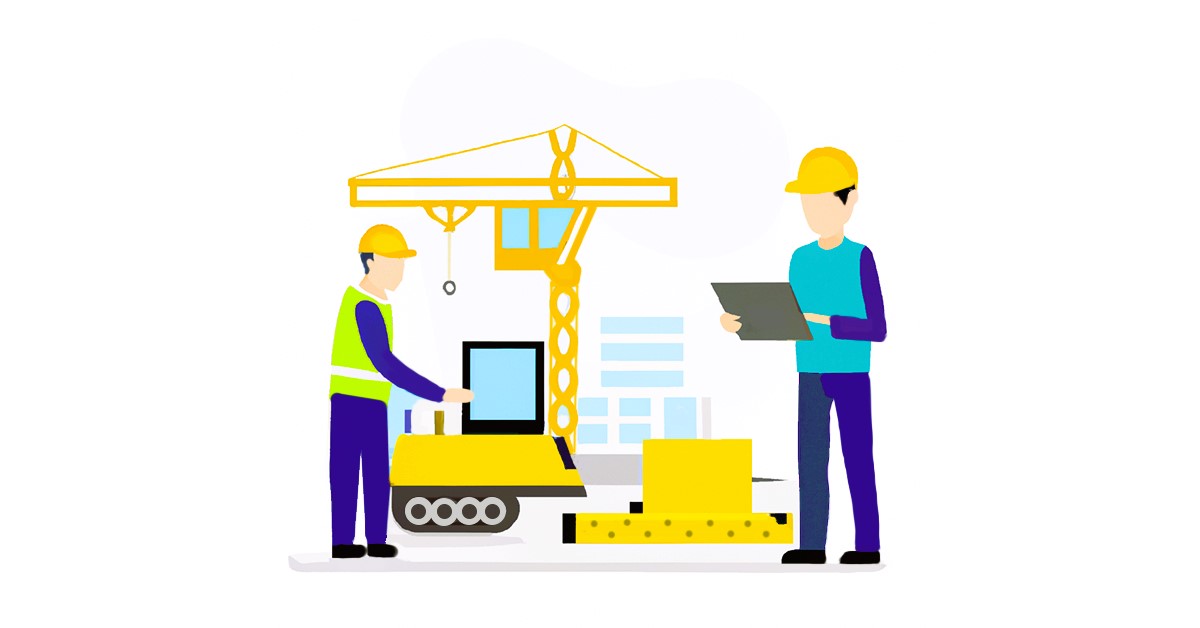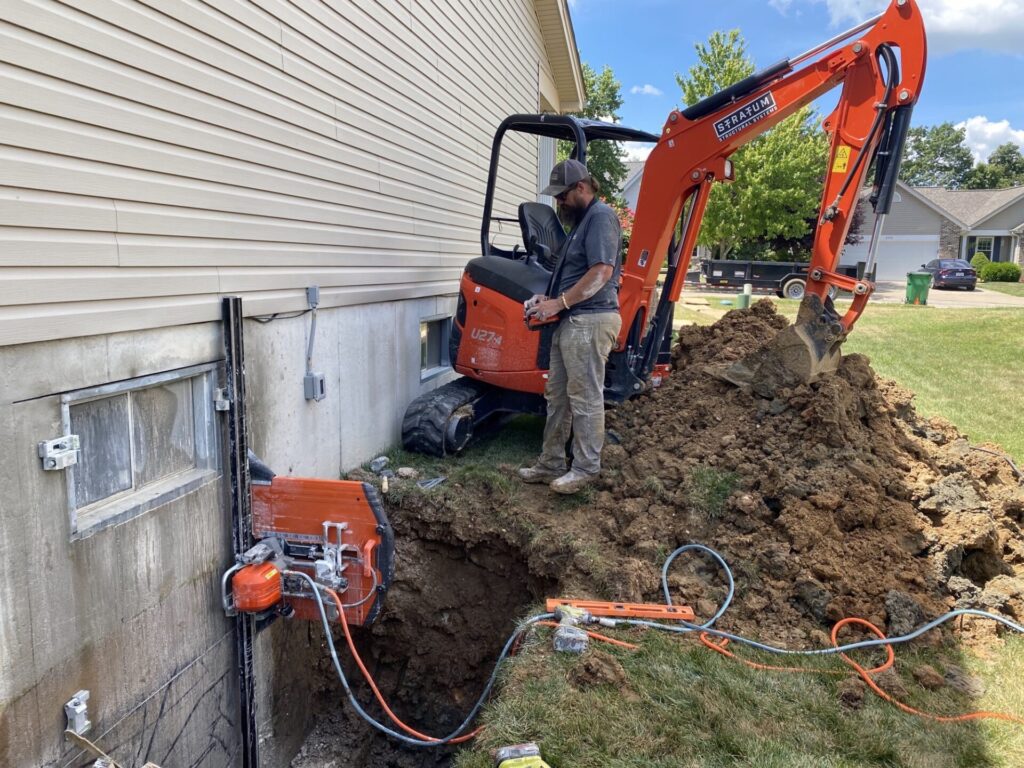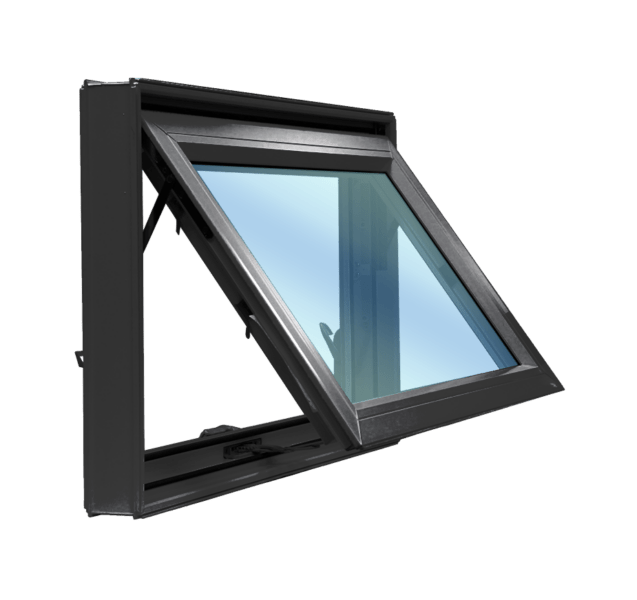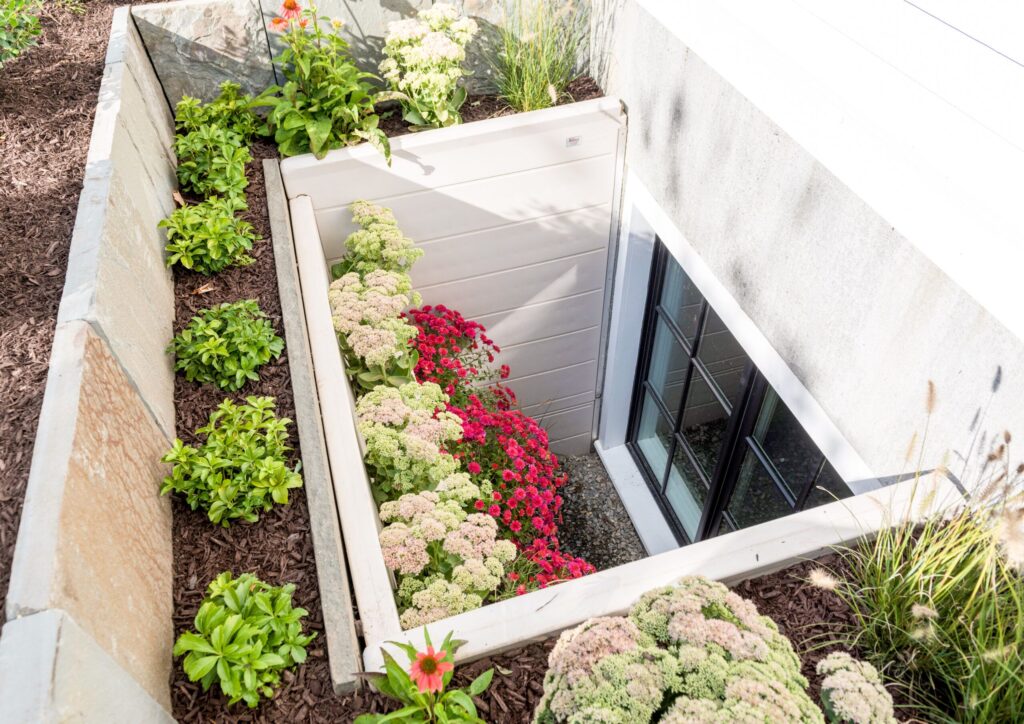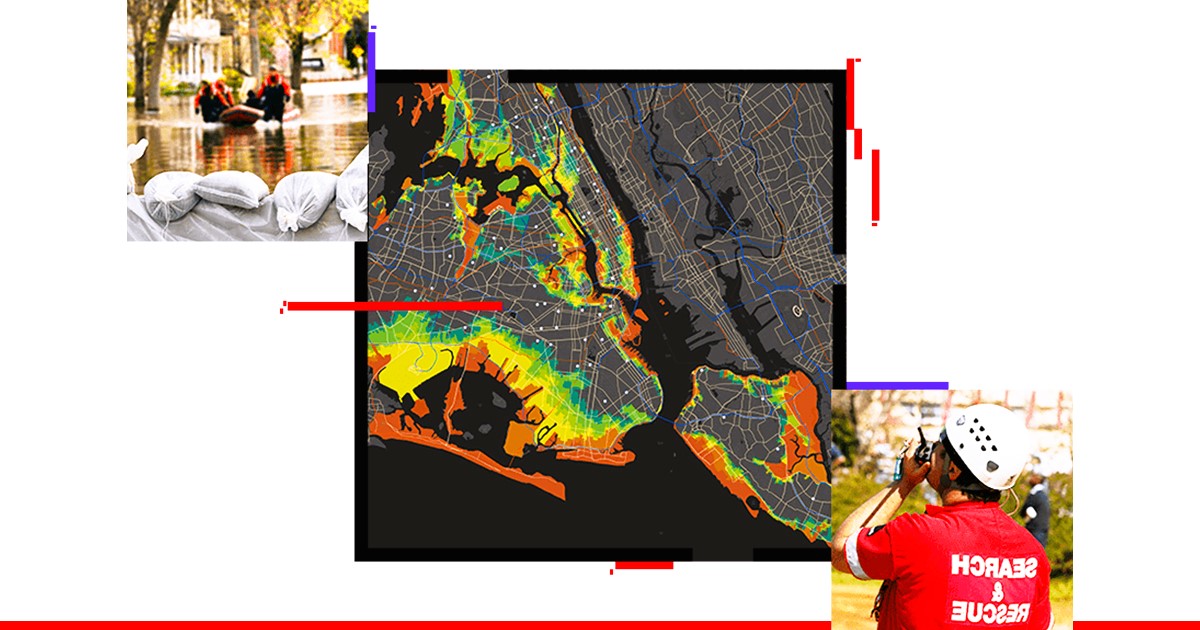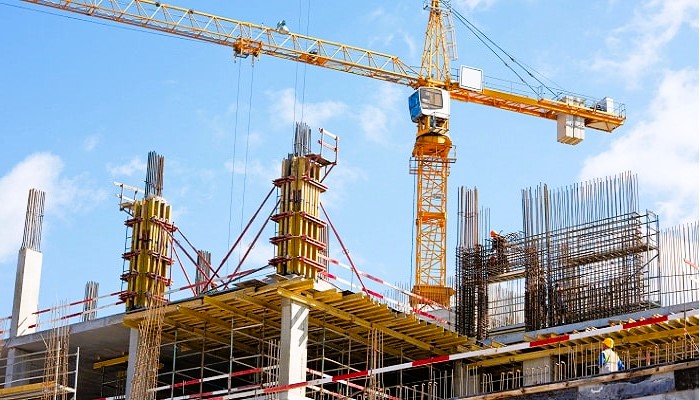The Ultimate Guide to Outdoor Kitchen Design and Fireplace Decor
If you’re dreaming of turning your backyard into a cozy, functional space for cooking and relaxing, you’re not alone. An outdoor kitchen—especially one with a fireplace—is one of the best ways to upgrade your outdoor living experience. Whether you’re into modern aesthetics or rustic charm, this guide will walk you through everything from layout planning to decor inspiration.
Why Build an Outdoor Kitchen?
Outdoor kitchens aren’t just about cooking—they expand your living space, increase your home’s value, and make entertaining a breeze. Picture turning your typical barbecue into a full-on backyard event, complete with drinks, seating, and even a fireplace to gather around when the sun goes down.
Outdoor Kitchen Decor Ideas
When designing your space, don’t just think about appliances—think style. Here are some key decor elements to consider for a warm and welcoming outdoor kitchen:
1. Use Natural Materials
- Wood & Stone Accents: Try cedar, teak, or reclaimed wood for that rustic, weathered look.
- Stacked Stone: Great for the base of a kitchen island or around a fireplace for added texture.
2. Add the Right Lighting
- String Lights: Bring a soft, magical glow that’s perfect for evening hangs.
- Under-Counter LED Strips: Help with safety and add a touch of ambiance.
- Pendant Lighting: Especially nice over bar counters or serving areas.
3. Choose a Smart Color Scheme
- Earth Tones: Blend beautifully with outdoor surroundings.
- Monochrome Black & Gray: Ideal for modern, minimalist designs.
- Pops of Color: Add vibrant cushions, tiles, or wall art to bring personality into the mix.
4. Functional Meets Decorative
- Open Shelving: Show off herbs, ceramic bowls, or decorative lanterns.
- Built-in Planters: Integrate greenery or fresh herbs into your design.
- Decorative Tile Backsplash: Try Mediterranean or Moroccan styles for a bold statement.
Planning Your Layout: Outdoor Kitchen Drawings
Before you start building, it’s important to have a clear layout in mind. Here’s a quick look at some common kitchen configurations:
| Layout Type | Best For | Features | Space Needed |
|---|---|---|---|
| Straight-Line | Small patios | Grill + prep area in one line | 6–10 ft |
| L-Shaped | Corners, deck spaces | Separate cooking and serving areas | 10–15 ft |
| U-Shaped | Large backyards | Full kitchen plus a social hub | 15–20+ ft |
| Galley | Narrow, rectangular areas | Dual parallel stations | 12–16 ft |
| Island | Open spaces | Central hub with seating | 8–12 ft radius |
Pro Tip: Make sure your plans include proper ventilation, water, gas, and electric hookups. You’ll thank yourself later.
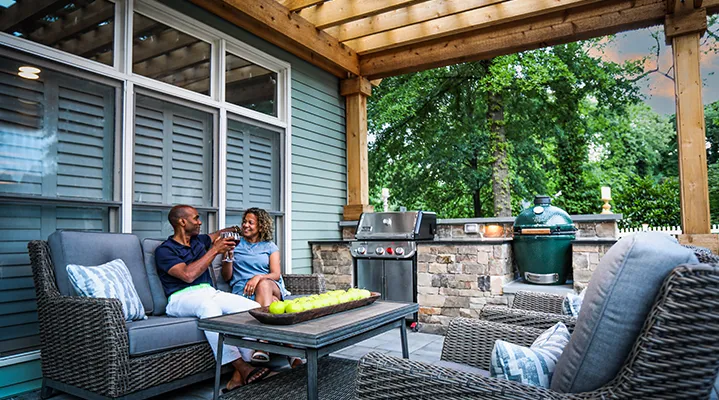
Why Add a Fireplace?
Adding a fireplace to your outdoor kitchen isn’t just about warmth—it completely changes the vibe. It becomes a visual focal point, makes the space usable year-round, and creates a natural gathering spot for guests.
Benefits:
- Keeps the area comfortable during cooler months
- Adds a luxury, high-end feel
- Creates a cozy, social atmosphere
Popular Fireplace Options:
- Wood-Burning: Classic, rustic, and great for that campfire feeling
- Gas: Cleaner, low-maintenance, and more modern
- Pizza Ovens: Double-duty for cooking and heating
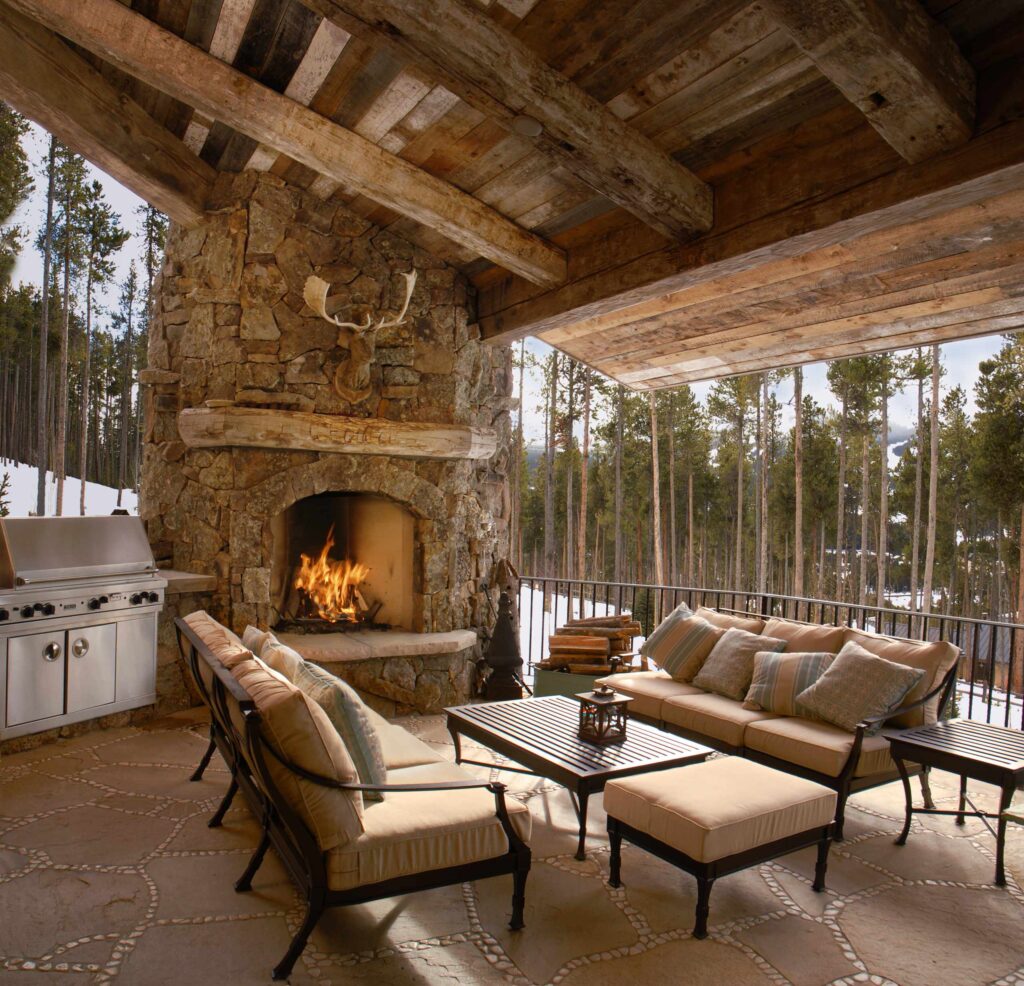
Fireplace + Kitchen Combo Ideas
Here are a few themed combinations to help spark your creativity:
1. Mediterranean Retreat
- White stucco walls and red tile roof
- Pizza oven meets built-in firepit
- Surrounded by olive trees and herb planters
2. Modern Minimalist
- Sleek black metal fireplace
- Concrete countertops
- Subtle LED lighting and neutral tones
3. Rustic Farmhouse
- Exposed wooden beams and brickwork
- Weathered metal stools
- Fireplace with a classic mantel for a homey feel
4. Lounge-Style Entertainer
- U-shaped kitchen with bar seating
- Linear gas fireplace built into a seating wall
- Cushy outdoor sofas, warm lighting, and a sound system
Frequently Asked Questions
Q: What’s the best material for outdoor kitchen cabinets?
A: Stainless steel is king—durable, rust-resistant, and easy to clean. Teak and marine-grade polymers are also solid options.
Q: Do I need a permit to build an outdoor kitchen with a fireplace?
A: Probably. Check with your local building department, especially if you’re using gas lines or installing a chimney.
Q: Can I add a fireplace to an existing outdoor kitchen?
A: Yes! Freestanding fireplaces or modular units can be added later, just be sure your setup can support it safely.
Q: What’s the cost range for an outdoor kitchen with a fireplace?
A: Basic setups can start around $5,000. High-end designs with custom materials and premium appliances can go over $30,000.
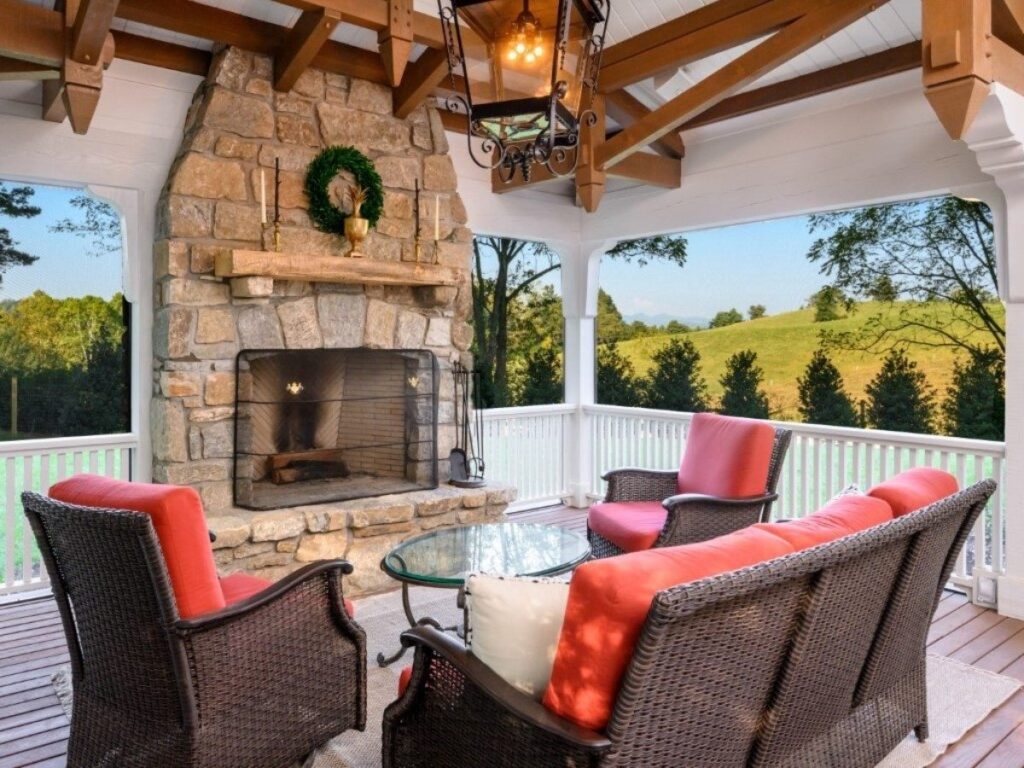
Final Thoughts
Designing an outdoor kitchen—especially one with a fireplace—is about blending comfort, function, and your personal style. Whether you’re building from scratch or upgrading an existing space, start with a solid plan, think through the details, and don’t be afraid to dream big.
With the right setup, your backyard won’t just be an outdoor space—it’ll be the heart of your home for cooking, entertaining, and relaxing all year long.
